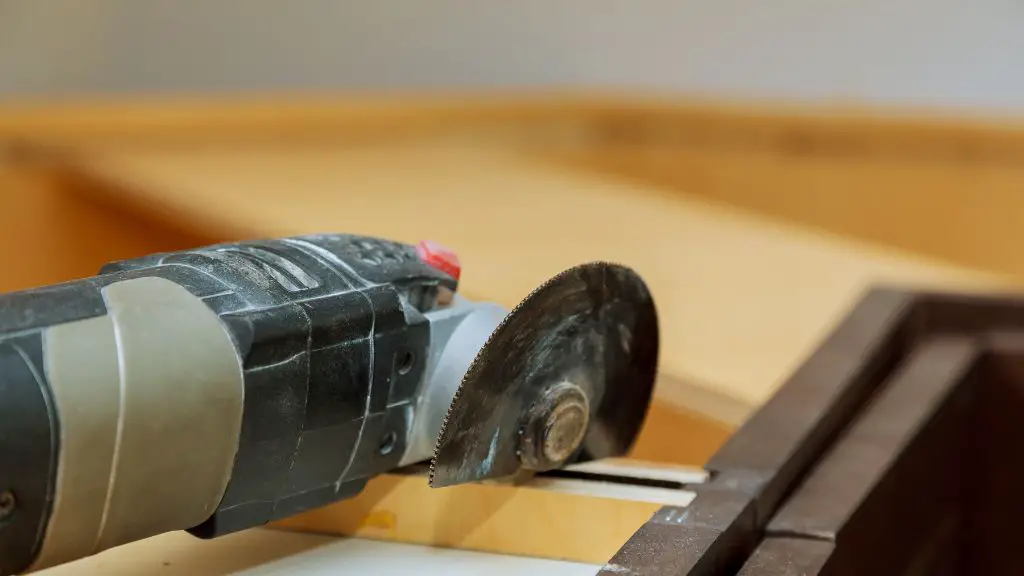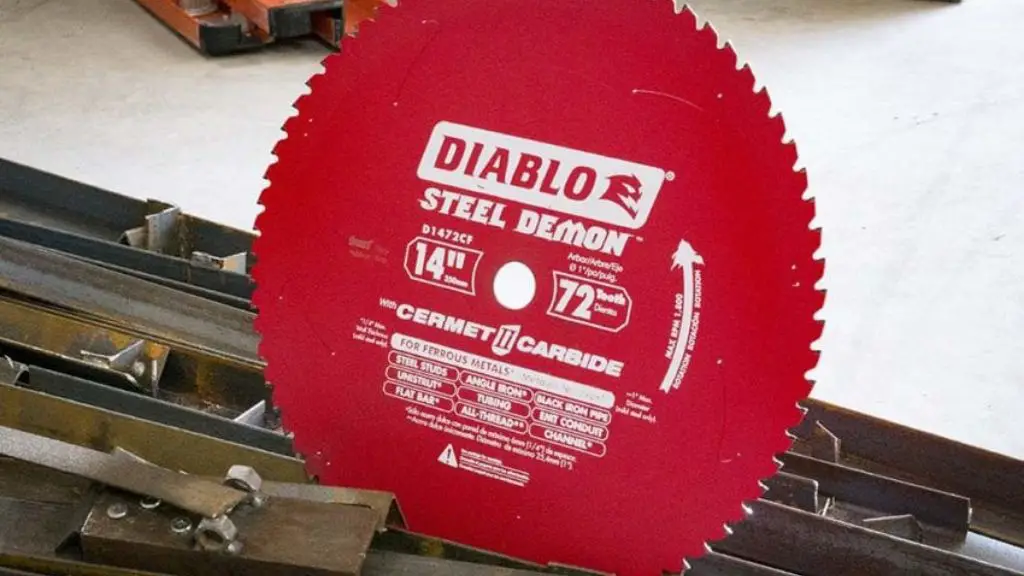Wood saws come in handy when cutting materials such as wood, especially in woodwork processes. But sometimes, the cutting process may seem difficult- the saw will be resistible in the wood. Such cases can make the whole process annoying; you’ll feel frustrated and drained.
Consequently, you may be sorting ways on how to stop a wood saw from sticking or being resistible. Luckily, you can take a few steps to make the cutting process easy and worthwhile.
- Grease the Saw Blade Before Cutting
- Clamp the Wood or Hold it Firmly
- Position a Wedge in the Kerf Opening While Cutting
- File the Saw Blade
- Retrofit the Saw
- Avoid Working With Wet Woods
This article gives you the definitive guides to improving your cut and avoiding inconsistencies. All the steps aim at ensuring a non-sticky wood saw.
How to Stop a Wood Saw from Sticking
The importance of an effective cut cannot be overemphasized. That’s why you must ensure that your saw blade is functioning as it should. There’s a problem if you find that the saw blade is sticking while cutting. But hopefully, the steps below will help you find your way out.
1. Grease the Saw Blade Before Cutting
One crucial thing you can do to avoid any sticking scenario is grease the saw blade before cutting. As typical as it sounds, greasing reduces the friction between two surfaces and makes the blade go through the wood easily. In addition, it’s such that the surface energy of one of the materials is reduced.
However, you must choose the right type of lubricant for your specific saw blade. The wood type and moisture level will also influence how much lubricant you need to apply.

Nevertheless, you have many greasing options, including gun oil and a wax coat. Get any preferred alternative from a local retailer and apply it to the blades, especially the tip. For the wax, apply a thin layer, and it should dry thoroughly. The cutting process will be a lot more effortless with the wax.
2. Clamp the Wood or Hold it Firmly
Another thing that I’ll emphasize is clamping the wood or holding it in place. It’s an excellent way to prevent the wood saw from sticking.
Clamping the wood makes it firm enough to withstand the pressure. It’ll definitely help if you get some clamps; place them on both sides of the wood. Since most clamps have a flat surface on one side and a vise on the other, the vise should face down.
Using your hands is also good, but they’re not so effective. If need be, your hands should instead support the clamps. After all, using your hands and the clamps, the saw will have better control and won’t stick.
3. Position a Wedge in the Kerf Opening While Cutting
While cutting, you should likewise position a wedge in the kerfs created. This will allow the blade to go into the wood easily without too much pressure.
The kerf opening is usually the gap created by the saw blade when it cuts through the wood. And it can vary depending on the type of blade being used.
Wedges, on the other hand, are thin, tapered pieces of wood inserted in the kerf. They create pressure by opening the cut area, thereby creating an opportunity for cutting the remaining part in no time. In addition, if you position the wedge correctly, it will prevent the saw from getting stuck.
This is not a new concept and has been used for many years. It is still commonly used today, but with technological advancements, finding woodwork that uses this method has become more challenging.
4. File the Saw Blade
One over sighted way to stop your wood saw from sticking is ensuring that the blade is sharpened regularly. Don’t underestimate the sharpness of the blade. Aside from sticking, If the blade becomes too dull, it will not make clean cuts. Consequently, rough edges can also result.

To sharpen the saw blade, you’ll need a diamond or triangular file that fits its teeth. The process is a little delicate, so you must be careful. First, gently strike the file against the blade teeth to eliminate the blunt edges. Leastways, if the filling process seems too complicated, consider replacing the saw.
Additionally, while cutting, be sure to use slight pressure to push down with your hands.
5. Retrofit the Saw
Though this alternative can be pricey, it is worth it to have the cash. Also, it’s the best alternative, especially when the sharpening process is problematic or the lubricating doesn’t help.
When getting the new saw, your blade choice is very crucial. Of course, a sharp blade with fine teeth is ideal. But you must likewise choose the one that fits your work.
A rip saw teeth are usually coarse, making them suitable for cutting along the grain. But, on the other hand, they have a finer pitch than the rip saw teeth, making them suitable for cutting across the grain. They also have a shallower depth, making cutting across thin pieces of wood and metal easier.
This is because the cutting doesn’t require much pressure to make contact with the material instead of ripping with a deeper depth. Crosscutting is slower than ripping because there is more resistance when pushing against the material.
You must avoid using the right saw for the wrong application to avoid any saw-sticking scenario. And you should know the right saw blade for your work.
6. Avoid Working With Wet Woods
At all costs, ensure that the wood is entirely dry. Using the right and sharp blade on wet wood wastes time. The reason is that the saw will still stick due to moisture content.
When cutting wet wood, there’s usually more friction between the saw and wood than dry wood. Plus, wetter surfaces have a higher coefficient of friction. Subsequently, the saw blade is even endangered in such cases and can get dull or inefficient.
Conclusion
Stopping your saw from sticking in wood isn’t so much of a complex task. First, you must follow the proper steps to ensure everything is in place. Then, before you finalize replacing the saw, keenly review all the suggestions, and I’m sure you’ll find something helpful.
I look forward to you having a stick-free wood saw cut.

I have always loved sawing and cutting. I started doing it when I was a kid and never stopped. I love the feel of the wood beneath my hands, the smell of the sawdust, and the satisfaction of creating something beautiful.
I’ve been writing for quite some time now and thoroughly enjoy sharing my passion with others. I’ve written for both online and offline publications – such as Amazon and Medium.





